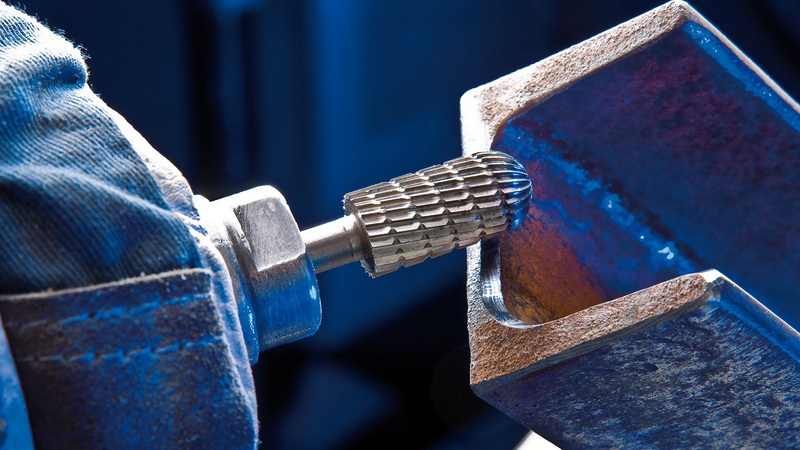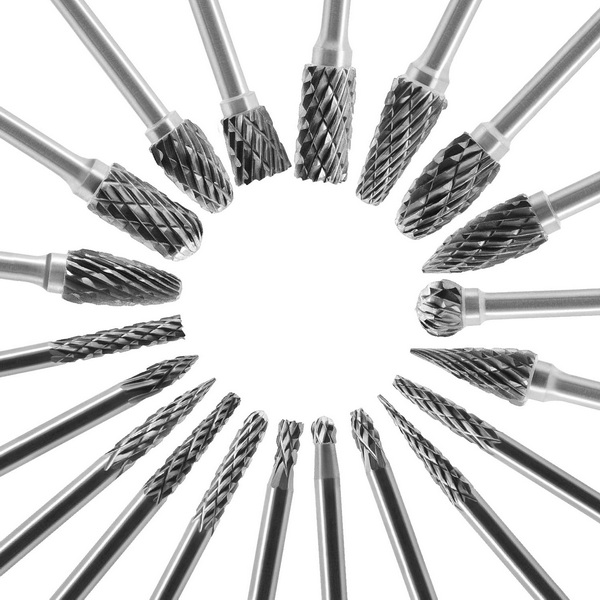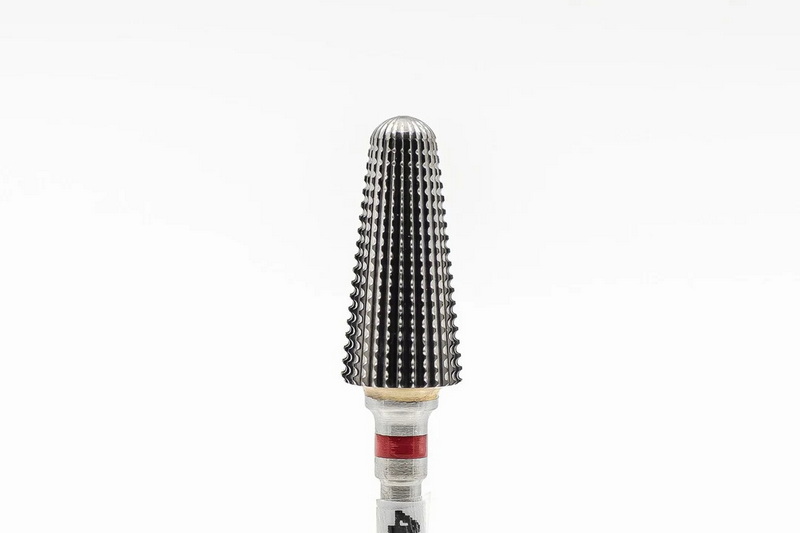Content Menu
● Introduction to Tungsten Carbide
>> Uses of Tungsten Carbide
● Health Risks Associated with Tungsten Carbide
>> Acute Health Effects
>> Chronic Health Effects
● Mitigating Exposure Risks
● Environmental Impact
>> Sustainable Practices
● Economic Impact
>> Cost-Benefit Analysis
● Technological Advancements
>> Future Developments
● Conclusion
● FAQ
>> 1. What are the primary health risks associated with tungsten carbide exposure?
>> 2. How can exposure to tungsten carbide be minimized?
>> 3. Is tungsten carbide toxic to the environment?
>> 4. What industries are most at risk for tungsten carbide exposure?
>> 5. Are there any long-term health effects from chronic exposure to tungsten carbide?
● Citations:
Tungsten carbide is a metal alloy known for its exceptional hardness and resistance to wear and corrosion, making it a crucial component in various industrial applications, such as cutting tools and wear-resistant parts. However, its use also raises concerns about potential health risks, particularly when it is combined with other metals like cobalt. This article will delve into the toxicity of tungsten carbide, its health effects, and how exposure can be mitigated.

Introduction to Tungsten Carbide
Tungsten carbide is a compound of tungsten and carbon, often mixed with cobalt to form cemented tungsten carbide, which enhances its strength and durability. This alloy is widely used in manufacturing, mining, and construction due to its ability to withstand high temperatures and maintain its structure under extreme conditions.
Uses of Tungsten Carbide
- Cutting Tools: Tungsten carbide is used in drill bits, saw blades, and other cutting tools due to its hardness and wear resistance.
- Wear-Resistant Parts: It is used in components that require high durability, such as nozzles and wear plates.
- Jewelry: Tungsten carbide is also used in making jewelry due to its hardness and resistance to scratches.
Health Risks Associated with Tungsten Carbide
Exposure to tungsten carbide, especially when combined with cobalt, can lead to several health issues. The primary route of exposure is through inhalation of dust during manufacturing processes.
Acute Health Effects
- Respiratory Irritation: Inhalation can cause immediate irritation of the respiratory tract, leading to wheezing, coughing, and shortness of breath.
- Skin and Eye Irritation: Contact with tungsten carbide can cause severe skin burns and eye irritation.
Chronic Health Effects
- Lung Diseases: Chronic exposure can lead to conditions like interstitial lung disease (ILD), also known as "hard metal disease," characterized by inflammation and fibrosis in the lungs.
- Cancer Risk: Tungsten carbide-cobalt is classified as probably carcinogenic to humans by the International Agency for Research on Cancer (IARC).
- Skin Allergies: Repeated exposure can cause skin allergies, leading to rashes and itching.
Mitigating Exposure Risks
To minimize health risks associated with tungsten carbide, several safety measures can be implemented:
1. Use of Protective Equipment: Workers should wear respirators, gloves, and protective clothing to prevent skin contact and inhalation of dust.
2. Ventilation Systems: Local exhaust ventilation systems can reduce airborne dust concentrations.
3. Wet Methods: Using wet methods or vacuum cleaners with HEPA filters can prevent dust buildup.

Environmental Impact
Tungsten carbide is not typically considered an environmental pollutant, but its production and disposal can have environmental implications. The mining of tungsten can lead to soil and water contamination if not managed properly. Additionally, the extraction process often involves the use of chemicals that can pollute nearby water sources.
Sustainable Practices
Implementing sustainable mining practices and ensuring proper disposal of tungsten carbide waste are crucial for minimizing environmental impact. Recycling tungsten carbide tools and parts can also reduce the demand for new raw materials and lower the environmental footprint of the industry.
Economic Impact
The economic impact of tungsten carbide is significant, as it plays a vital role in maintaining the efficiency and productivity of various industries. However, the health risks associated with its use can lead to increased healthcare costs and lost productivity if not properly managed.
Cost-Benefit Analysis
Conducting a thorough cost-benefit analysis is essential for industries using tungsten carbide. While the benefits of using this material are substantial, the costs associated with health risks and environmental degradation must be considered. Investing in safety measures and sustainable practices can help mitigate these costs in the long run.
Technological Advancements
Advancements in technology are continually improving the safety and efficiency of tungsten carbide production and use. New manufacturing techniques aim to reduce dust emissions and improve the durability of tools, thereby reducing the need for frequent replacement and minimizing exposure risks.
Future Developments
Future developments may focus on creating alternative materials that offer similar properties to tungsten carbide but with reduced health risks. Additionally, research into more efficient recycling methods could help reduce waste and lower the environmental impact of the industry.
Conclusion
Tungsten carbide, while beneficial in industrial applications, poses health risks, especially when combined with cobalt. Understanding these risks and implementing safety measures are crucial for protecting workers and the environment. As technology continues to evolve, it is likely that safer alternatives and more sustainable practices will emerge.

FAQ
1. What are the primary health risks associated with tungsten carbide exposure?
The primary health risks include respiratory issues like asthma and interstitial lung disease, skin allergies, and potential carcinogenic effects when combined with cobalt.
2. How can exposure to tungsten carbide be minimized?
Exposure can be minimized by using protective equipment, implementing proper ventilation systems, and employing wet methods to reduce dust.
3. Is tungsten carbide toxic to the environment?
While tungsten carbide itself is not typically toxic to the environment, its mining and disposal can lead to environmental contamination if not managed properly.
4. What industries are most at risk for tungsten carbide exposure?
Industries involved in manufacturing, mining, and construction are at higher risk due to the use of tungsten carbide tools and machinery.
5. Are there any long-term health effects from chronic exposure to tungsten carbide?
Yes, chronic exposure can lead to permanent respiratory diseases, such as pulmonary fibrosis, and may increase the risk of lung cancer when combined with cobalt.
Citations:
[1] https://pmc.ncbi.nlm.nih.gov/articles/PMC11003356/
[2] https://nj.gov/health/eoh/rtkweb/documents/fs/1960.pdf
[3] https://www.safetyandhealthmagazine.com/articles/work-safely-with-tungsten-carbide-2
[4] https://www.gettyimages.hk/%E5%9C%96%E7%89%87/tungsten-carbide?page=2
[5] https://pmc.ncbi.nlm.nih.gov/articles/PMC8633919/
[6] http://www.casmetcarbide.com/images/Casmet_MSDS-WC.pdf
[7] https://int-enviroguard.com/blog/tungsten-carbide-exposure-are-your-workers-at-risk/
[8] https://www.alamy.com/stock-photo/tungsten-carbide.html
[9] https://pmc.ncbi.nlm.nih.gov/articles/PMC10302912/
[10] https://www.ufz.de/index.php?en=35548
[11] https://patient.info/doctor/tungsten-poisoning
[12] https://pmc.ncbi.nlm.nih.gov/articles/PMC2679595/
[13] https://www.mdpi.com/2305-6304/6/4/66
[14] https://www.ncbi.nlm.nih.gov/books/NBK598735/
[15] https://www.thelancet.com/journals/lancet/article/PIIS0140-6736(05)62194-0/fulltext
[16] https://www.ipsceramics.com/wp-content/uploads/2022/01/HSDS-14-Tungsten-Carbide-Issue-1.pdf
[17] https://www.istockphoto.com/photos/tungsten-carbide
[18] https://analyticalscience.wiley.com/content/article-do/tungsten-carbide-cobalt-nanoparticles-harmful-health
[19] https://stock.adobe.com/search?k=tungsten+carbide
[20] https://www.reddit.com/r/metallurgy/comments/ub4dg9/question_about_tungsten_carbide_toxicity/
[21] https://www.nj.gov/health/eoh/rtkweb/documents/fs/1960.pdf
















